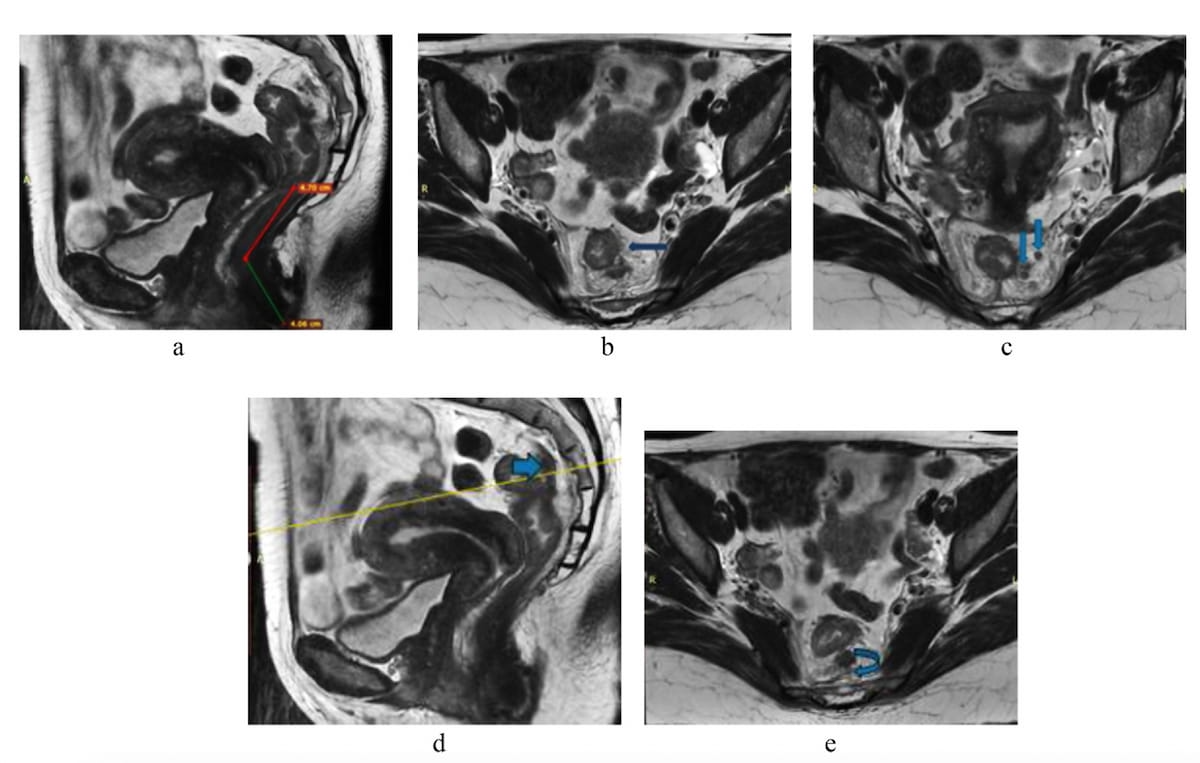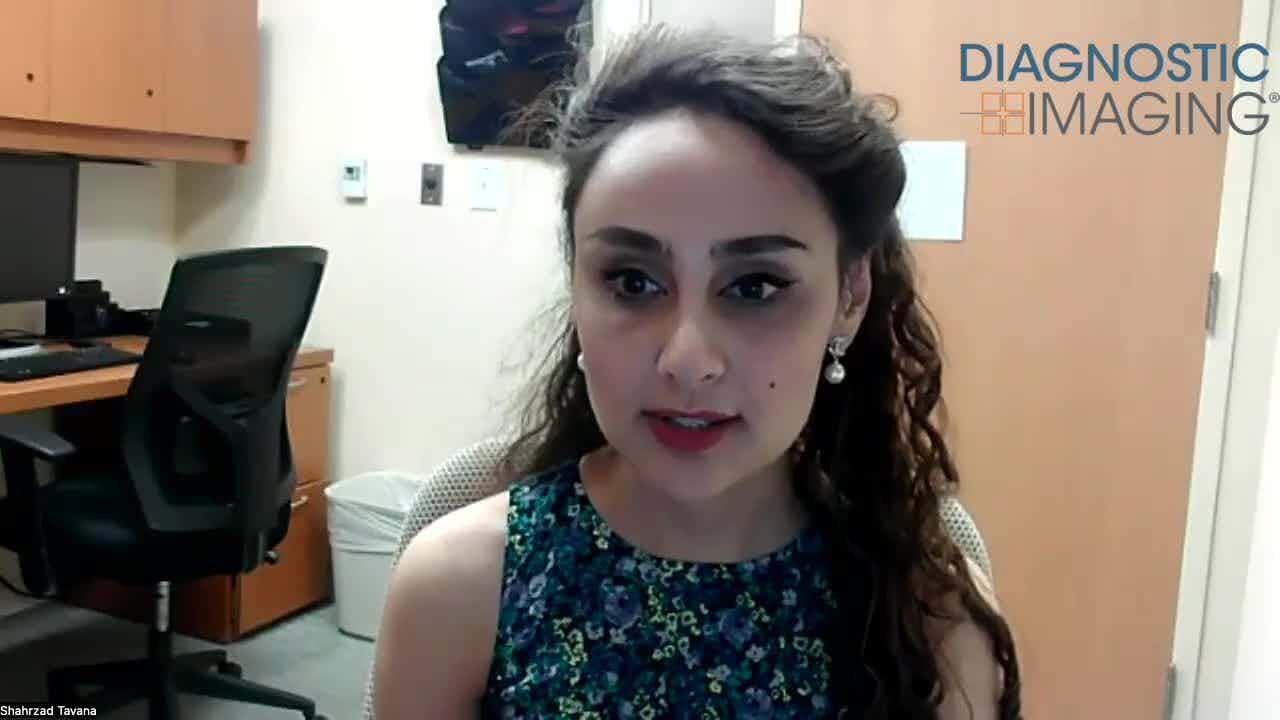Emerging research suggests that abbreviated magnetic resonance imaging (MRI) may be a viable alternative for rectal cancer detection.
In a new prospective study, recently published in Academic Radiology, researchers compared abbreviated MRI (with only T2-weighted MRI) and a full MRI protocol (which included T2-weighted and contrast-enhanced T1-weighted MRI scans) in 131 patients with locally advanced rectal cancer (LARC).
For the local staging of LARC, the study authors found that abbreviated MRI offered an 82.1 percent sensitivity, 95.3 percent specificity and a 94.4 percent accuracy rate in comparison to 91 percent, 100 percent, and 97.6 percent, respectively, for the full MRI protocol.
While the full MRI protocol exhibited higher sensitivity, specificity, accuracy, and negative predictive value (NPV) than abbreviated MRI for ascertaining mesorectal fascia (MRF) involvement, the researchers noted comparable positive predictive value (PPV) between abbreviated MRI and full MRI (93.6 percent vs. 96.9 percent). The study authors also pointed out equivalent sensitivity (95.3 percent) and comparable NPV (95.3 percent vs. 95.5 percent) between abbreviated MRI and full MRI for detecting extramural venous invasion (EMVI).
“Our study provides robust evidence supporting the high diagnostic performance of (abbreviated MRI) in staging LARC, detecting MRF involvement, and identifying EMVI compared to (full MRI),” wrote lead study author Noha Yahia Ebaid, M.D., who is affiliated with the Radiology Department at Zagazig University in Zagazig, Egypt, and colleagues.
The study authors also found that median interpretation time with the abbreviated MRI protocol was 10 minutes faster in comparison to the full MRI protocol (12 minutes vs. 22 minutes).
“Regarding MRI interpretation time, no prior studies have directly compared (abbreviated MRI) and (full MRI) for rectal cancer. … These findings suggest that (abbreviated MRI) could enhance workflow efficiency in high-demand clinical settings. Additionally, its time efficiency could be crucial in situations where rapid decision-making is required without compromising diagnostic accuracy,” added Ebaid and colleagues.
Three Key Takeaways
1. High diagnostic performance. Abbreviated MRI demonstrated strong sensitivity (82.1 percent), specificity (95.3 percent), and accuracy (94.4 percent) for staging locally advanced rectal cancer (LARC), though the full MRI protocol showed slightly higher performance.
2. Improved efficiency. The median interpretation time for abbreviated MRI was 10 minutes shorter than full MRI (12 vs. 22 minutes), suggesting potential workflow advantages in high-demand settings.
3. Cost-effective alternative. Abbreviated MRI may be a viable option in resource-limited healthcare settings, offering a lower-cost diagnostic alternative without significantly compromising diagnostic accuracy.
In light of the comparative study results, the researchers maintained that abbreviated MRI could be a cost-effective option for detecting LARC in health-care facilities with limited resources.
“(Abbreviated MRI) could serve as an effective imaging tool in low-resource settings where MRI access is limited due to financial constraints, a shortage of high-field MRI scanners, limited availability of MRI contrast media, or a lack of radiology expertise — challenges commonly encountered in developing countries and underserved healthcare facilities,” emphasized Ebaid and colleagues. “Additionally, (abbreviated MRI) could be beneficial for patients with contraindications to MRI contrast media. Thus, (abbreviated MRI) presents a cost-effective alternative for local staging of rectal cancer by reducing imaging costs without compromising diagnostic performance compared to the (full MRI),” emphasized Ebaid and colleagues.
(Editor’s note: For related content, see “Can MRI-Based AI Enhance Pre-Op Prediction of Tumor Deposits in Patients with Rectal Cancer?,” “Rectal Cancer MRI: Seven Key Takeaways from a New Literature Review” and “Diffusion-Weighted MRI and Neoadjuvant Chemotherapy for Rectal Cancer: What New Research Reveals.”)
Beyond the inherent limitations of a single-center study, the authors acknowledged that their findings, based on evaluation of patients with T3 and T4 stage rectal cancer, may not be applicable to call LARC cases defined solely by nodal involvement. The researchers also noted the lack of evaluation for interobserver agreement and potential bias with image review from both protocols occurring within a short time interval.











